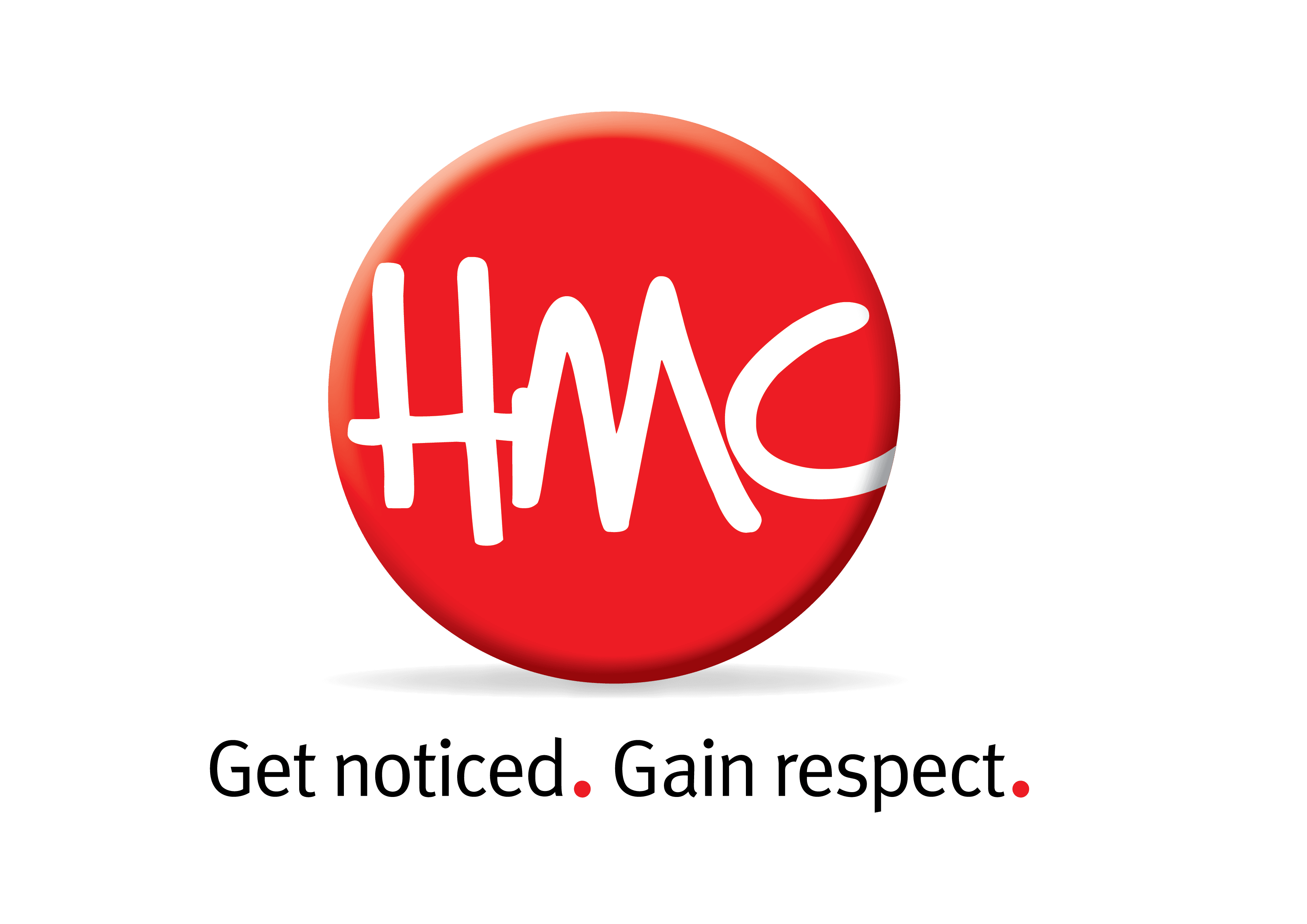As the Ronan Keating hit goes, “You say it best when you say nothing all.”
While this song is all about making a love connection with dreamy eyes and soft caresses, let’s use it as a catchy segue into a discussion on the power of silence in business communication.
Silence is often the shrewdest communications approach. And it can often be particularly potent when you’re up against a negative reaction.
On the surface, saying nothing – especially when your ire is up - might seem like a simplistic or lazy approach. It could even be misconstrued by some as taking the easy way out.
Believe me, using the silent treatment requires carefully planning, a heavy measure of bravery and a confident hope that mute patience will yield a positive result.
So, when might silence be the best communications strategy? Here are three times when it should be considered:
Raging haters
If your business is in the public eye, you’ll never be loved by everyone.
Even the most well-known brands in New Zealand – the All Blacks, Air New Zealand - and the world – Disney, Coca-Cola, Google – have their fair share of negative public feedback from time to time.
However, when negative feedback switches to raging hate, joining in the conversation only provides fuel to the fire. It’s best to remember if the spewing is baseless and nonsensical that silence will help the person dig their own hole while you observe from the crest of the abyss.
Sometimes taking the ‘high road’ by not providing a response is the best way to chock up a communications win.
Irrational online comments
If your company is on social media, you know there’s no shortage of irrational trolls lurking around proverbial corners. And it’s not uncommon for them to comment on posts with illogical, negative remarks.
The good news is: if you’ve built a strong online presence and have a good number of loyal followers, you can often count on your fans to do the responding for you. What can often happen in these situations is that your followers who love your brand will hit back, stick up for your company and put the fool back in line.
The challenge, of course, is being patient while the online repartee plays out.
Negative media story
From time to time, clients have experienced a negative media story that gets their back up. You know, the ones that make you want to shout, “That’s not fair!”
The issue is that sometimes when the facts are just slightly out of whack but not entirely wrong, arguing the fact will just give the story ‘more legs,’ as we say. Debating the merits of fairness or even going so far as to ask for a story retraction or correction has potential to develop into yet another story on the topic.
In select cases, non-response can be the best response. Instead, focus on developing a raft of genuine, good news stories to outweigh the bad.
Finally, with all this talk about silence, remember that when it comes to implementing a hushed strategy you must be incredibly careful. That’s because being silent when a response is warranted and expected can cause a lot of damage to your company’s reputation.
You should never go it alone when deciding on a communications approach. Always discuss the pros and cons of silence with your communications team or external advisor, who can lay out the potential risks and benefits.
And it’s only when the benefits of silence far outweigh the threats that you can confidentially ‘do a Ronan’ and say nothing at all.

